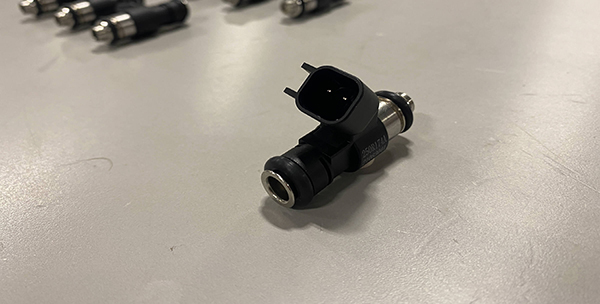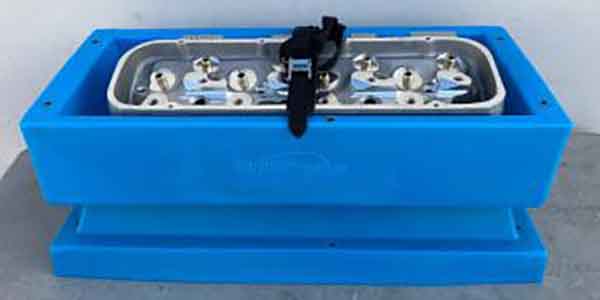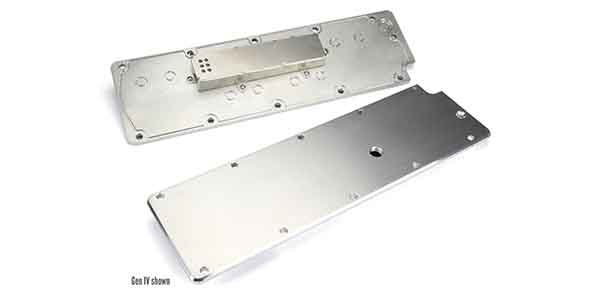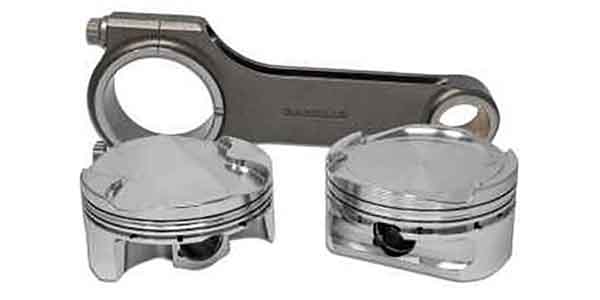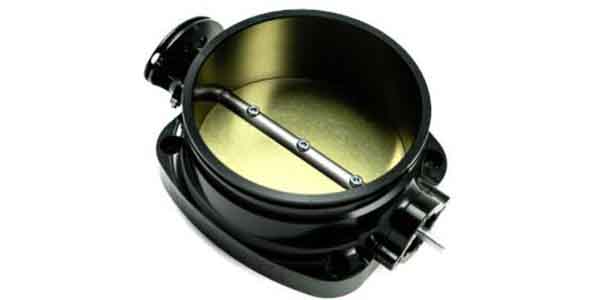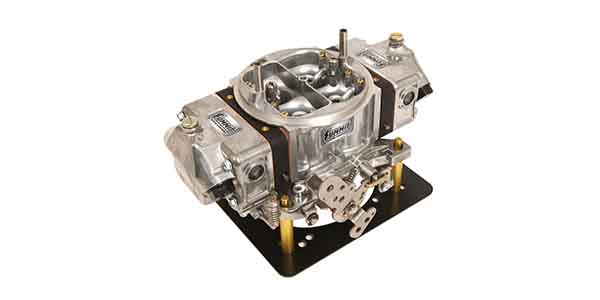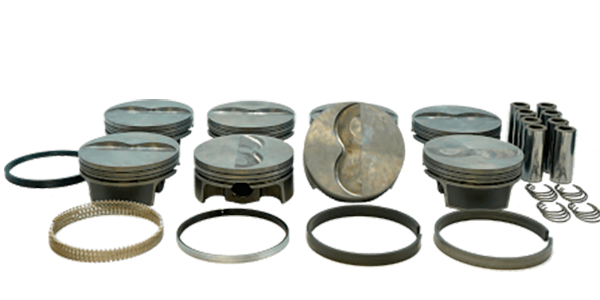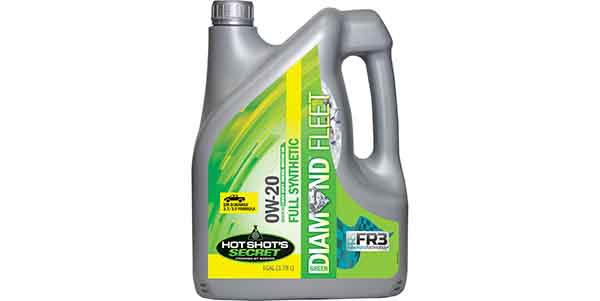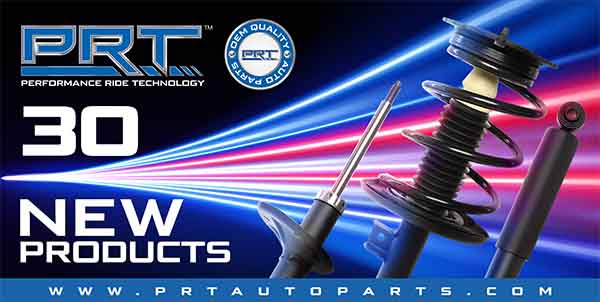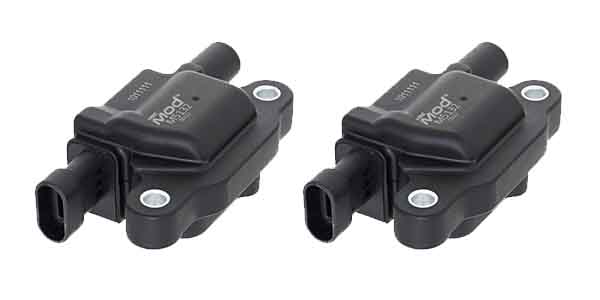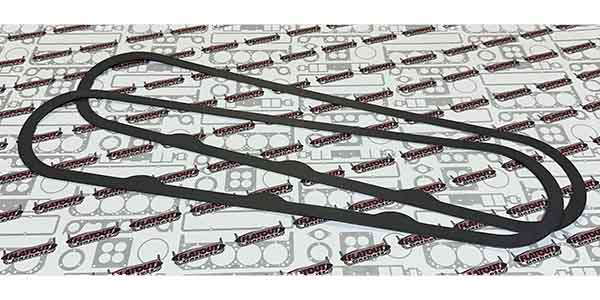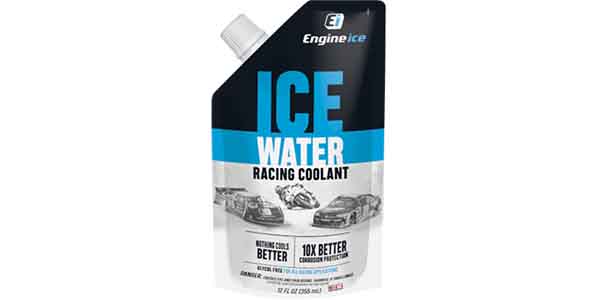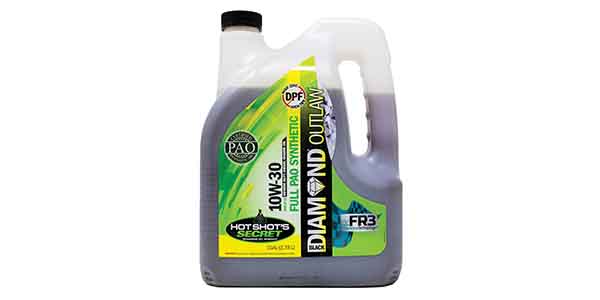Holley is now offering Terminator X high-impedance fuel injectors rated at a healthy 220 lb/hr, but at a more affordable price than the market has presented in the past. Such a bargain, however, should not be looked at as an open invitation to rush out and modify your EFI system. There are critical factors to consider before adding that much fuel-delivery capacity to a performance engine.
With a 220 lb/hr rating (at 43 PSI base fuel pressure), this injector is well suited for V8 engines making upwards of 2,500 horsepower on gasoline. Since engines running methanol or E85 require significant more fuel delivery, the suggested maximum horsepower drops to around 1,800 horsepower for E85 and even less for methanol—given the number of variables that come into play with that fuel.
“These injectors are for any application where the user has run out of fuel injector for their combo and needs more fuel to support their engine,” says Holley engineer Matthew Lunsford. “Especially high-consumption fuels like E85.”
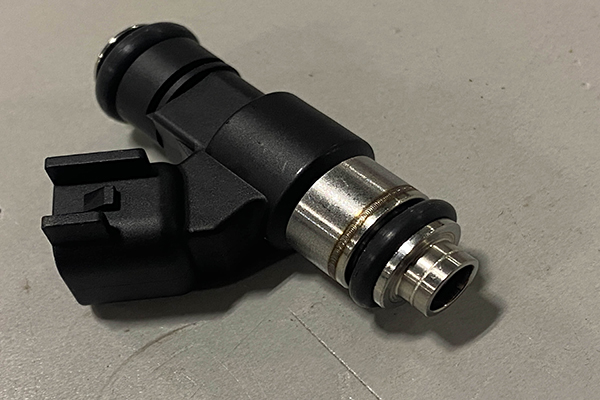
The new Terminator X injector is designed for performance enthusiasts and racers using an electronic control unit (ECU) with a saturated driver. The ECUs found in factory production vehicles often have saturated drivers designed to work with high-impedance injectors. The ECUs in Holley’s lineup that work with high-impedance injectors include the Terminator X, HP and Dominator.
Holley’s high-impedance injectors are not to be used with ECUs designed for low-impedance, also known as peak-and-hold injectors. The difference between high- and low-impedance injectors is the ohm, or resistance, reading across the injector coil windings. Low-impedance injectors typically measure four ohms or less while high-impedance injectors are eight ohms or more.
The peak-and-hold injector requires a more complex signal to operate. A strong initial current opens the injector quickly, then a low secondary current is introduced to keep it open until the end of the pulse. This low current also allows the injector to close more quickly than if the stronger current were maintained. With a saturated injector, the signal is consistent for opening and closing the injector.
When the popularity of fuel injection with performance enthusiasts grew in the 1980s and early 1990s, low-impedance injectors were preferred for high-horsepower applications because fuel delivery was more reliable. Today, however, with improved designs, materials and tighter manufacturing tolerances, the high-impedance injector has matched its brother in quality, performance and fuel flow.
“There’s really no specific advantage between the two,” confirms Lunsford. “A low-impedance injector driver normally has more amperage capability and costs more. So, the high-impedance injectors started becoming popular with OEM computers that don’t have robust injector drivers. As of now, for most applications the injector type is dictated by the ECU that it’s being run on and the flow rate at which the customer needs.”
While the Holley Terminator X and X Max ECUs require high-impedance injectors, the HP and Dominator ECUs can support high- or low-impedance injectors.
“An injector driver may say ‘8:2,’ which means it can peak output of 8 amps to get the injector pintle motivated and moving against the high PSI fuel pressure and hold at 2 amps to keep the injector once open,” explains Lunsford. “With that said, if the injector is of high impedance – it will never consume all that amperage to open the pintle. Basically, the driver can supply more than injector will consume. Not a big deal, just overkill and ineffective.”
Designed to fit many OEM intake manifolds in the LS series, the new 220 lb/hr injectors use a USCAR injector connector and are based off the PICO/EV6 style. Some of the factory LS intake manifolds that the injector will fit include the LSA, LS3, LS7, L76, LS9 and L92. They measure 40 mm from O-ring to O-ring. The injectors are also compatible with any Holley EFI H-Ram intake using the 300-230 fuel-rail adapter kit.
These new injectors are designed to offer performance flow rates at a more affordable price.
“Normally, higher flow-rate injectors in the past were more expensive just because the market could sustain the cost. As the demand for higher flow rate injectors have increased, the volume thresholds to manufacture an affordable injector have been met,” explains Lunsford.
Components of the new injector include a precision-lapped disc valve, high-quality brass windings, and high-temperature O-rings. One of the benefits of the precise manufacturing is exceptional linearity, which prevents “bounce” at low pulse widths. This uneven movement is sometimes common in other injectors.
“The internal materials of the Terminator X injector are also compatible with methanol and E85, which can be highly corrosive fuels when oxygen is introduced to them,” notes Lunsford.
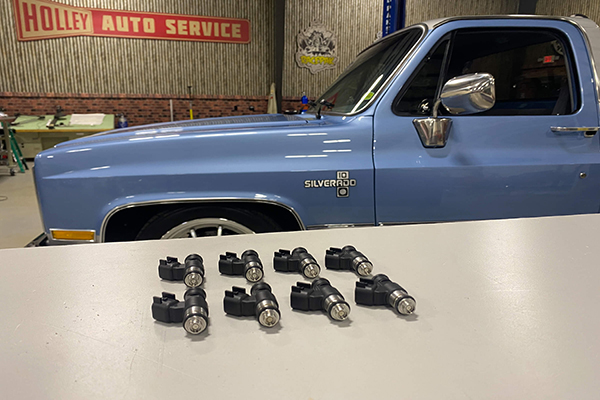
The 220 lb/hr injector is the most powerful in the Holley lineup, which starts at 42 lb/hr. This wide range of flow rates gives the engine builder and tuner more flexibility when setting up the fuel system. Sizing an injector is critical to achieving optimum performance. Too small of an injector doesn’t provide enough fuel, which could lean the out the cylinders under high loads and lead to detonation and damaged parts.
“You can also over-fuel an engine if the ECU is commanding a smaller pulse width than what the injector can repeatably inject,” cautions Lunsford. “Every injector has a minimum pulse width where they stay linear and repeatable. For some injectors, that is as low as 0.25 milliseconds. And for others as high as 3 milliseconds.
“Making sure that injector pulse-width commanded is more than the minimum pulse width at low load (normally idle) is important,” adds Lunsford. “Huge injectors for a combo normally can be a challenge to idle at low RPM.”
If you feel a larger injector is needed, determining the proper injector size for an engine is a rather easy calculation. Any changes to increase airflow through the engine calls for more fuel. That could include installing tubular headers, moving up to a more aggressive camshaft or adding boost—all strong causes for considering a larger injector.

